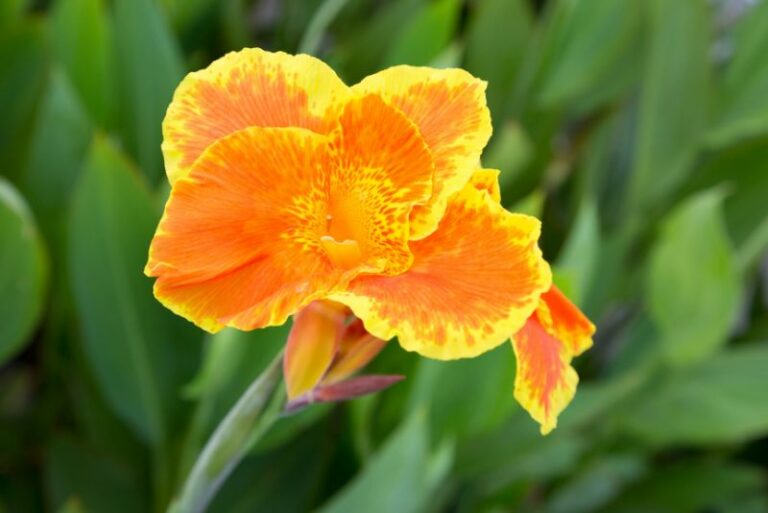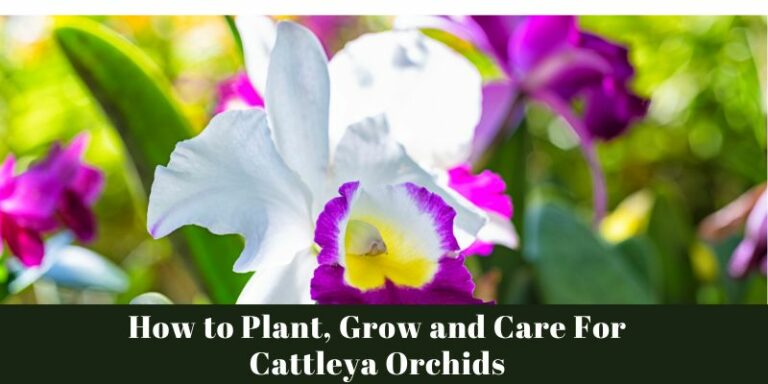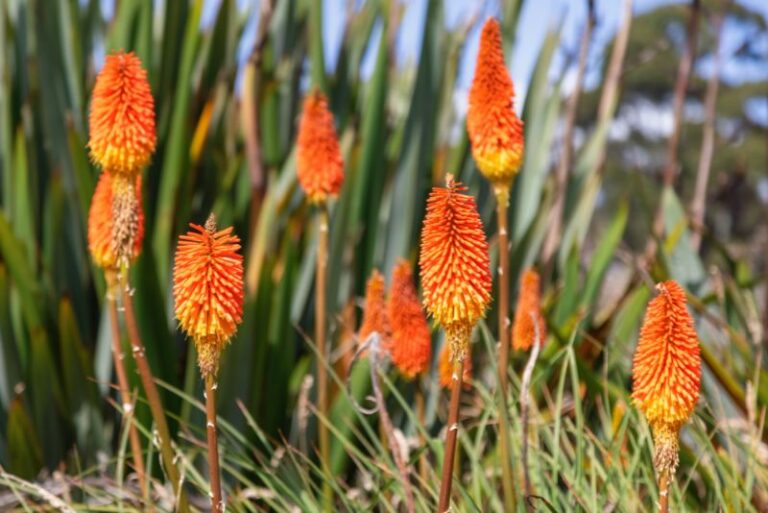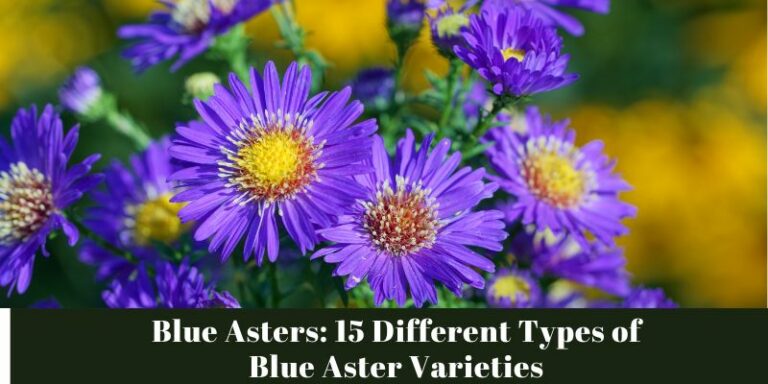Drought Tolerant Native Wildflowers to Grow This Season
In the pursuit of creating a flourishing garden, we often turn to a variety of exotic plants, unaware that some of the most resilient and beautiful flora may already be native to where we reside. This season, consider the vibrancy and tenacity of drought-tolerant native wildflowers. Not only do they possess an innate ability to withstand arid conditions, but they also provide a local, sustainable, and often more colorful alternative to exotic species. This comprehensive guide is designed to inspire garden enthusiasts, sustainability advocates, and environmental stewards to embrace the unique appeal and benefits of native wildflowers.
The Importance of Drought-Tolerant Native Wildflowers

To understand the significance of incorporating these wild beauties into your garden, it’s crucial to recognize their multifaceted value. Drought-tolerant natives are better adapted to the climate of their native region; they require less water, maintenance, and resources compared to non-native species. They are also integral to the local ecosystem, providing food and shelter for a diverse range of native wildlife. By planting drought-tolerant wildflowers, you’re not just introducing an aesthetic element to your landscape—you’re also supporting a delicate ecological balance that might be at risk due to increasing urbanization and changes in climate.
Benefits of Growing Drought-Tolerant Native Wildflowers
The decision to grow drought-tolerant native wildflowers in your garden is laden with benefits, both immediate and long-term. These floral gems offer:
Reduced Water Consumption
Native wildflowers have evolved to thrive in the local climate. Once they’re established, they require little to no supplemental water, making them incredibly resource-efficient. This can significantly lower your garden’s water footprint, which is especially important in regions prone to drought.
Low Maintenance Requirements
With the right placement and care during the initial growth period, native wildflowers can largely fend for themselves. They’re adapted to the local soil, and they often do not need fertilizers or pesticides, reducing the need for ongoing maintenance.
Support for the Local Ecosystem
By planting native wildflowers, you’re helping to restore and conserve the natural habitat of local insect and bird species. Many of these species rely on specific wildflowers for nectar and pollen and are key to the pollination of other plants.
Attracting Pollinators
Native flowers are a magnet for bees, butterflies, and other pollinators. Encouraging these creatures into your garden not only enhances its vitality but also fosters the health of surrounding plant life.
Top Native Wildflowers for a Drought-Tolerant Garden
Selecting the right species is the first step towards a successful native garden. Here are several native wildflowers to consider for their spectacular blooms and ease of care:
Desert Marigold (Baileya Multiradiata)

Resilient and radiant, the Desert Marigold can bloom non-stop from spring until the first frost. This low-maintenance perennial boasts sunny, yellow flowers that are irresistible to pollinators.
Blanket Flower (Gaillardia Pulchella)

Known for its striking red and yellow daisy-like blooms, the Blanket Flower thrives in hot, dry conditions. It is a favorite of both native bees and butterflies.
Mexican Hat (Ratibida Columnifera)

This striking wildflower features dome-shaped, red and yellow flowers and makes a bold statement in any garden. It requires minimal water once established and grows well in full sun to part shade.
Butterfly Weed (Asclepias Tuberosa)

A must-have for any pollinator garden, the Butterfly Weed’s bright orange flowers are a beacon for butterflies, particularly the Monarch. It is also a valuable food source for butterfly larvae.
These wildflowers are just a sampling of the rich diversity available for drought-tolerant native gardens.
Tips for Successful Growth
Cultivating a beautiful array of native wildflowers in an environmentally-friendly way requires attention to several key practices. From soil preparation to ongoing maintenance, your efforts can be rewarded with a flourishing, sustainable garden.
Soil Preparation
Prior to planting, it’s essential to prepare the soil to mimic the natural growing conditions of the wildflowers. This may involve amending the soil with organic matter, adjusting the pH level, and ensuring good drainage.
Watering Techniques
Watering practices for native wildflowers differ from those of traditional gardens. Water deeply but infrequently to encourage deep root growth and resilience to drought conditions. A drip irrigation system can be an excellent way to ensure plants receive sufficient water without wasteful runoff.
Maintenance Practices
Most native wildflowers are low-maintenance once established. However, it’s important to keep an eye on invasive species and to provide some support, such as staking, as needed. Regular deadheading can also promote more prolific blooming and prevent self-seeding in unwanted areas.
Environmental Impact and Sustainability
Planting a garden that prioritizes native and drought-tolerant wildflowers is a sustainable act with manifold environmental impact.
Conservation Benefits
Wildflower gardens contribute to the conservation of native plant species and their ecosystems, which is crucial in the face of habitat destruction and invasive species. They act as small sanctuaries that support the broader conservation efforts of local and national parks.
Eco-Friendly Gardening Practices
By following eco-friendly gardening practices, such as avoiding chemical fertilizers and pesticides, you’re reducing harm to the environment and creating a safer place for wildlife. The use of native plants can also reduce the need for extensive lawn maintenance and the associated use of energy and water.
Conclusion
The decision to include drought-tolerant native wildflowers in your garden embodies both a personal commitment to sustainability and a broader support for environmental health. By growing local wildflowers, you’re not only creating a captivating natural space but also contributing positively to the ecosystem. This season, take the step towards a garden that is both beautiful and actively supportive of local habitats. Your dedication to native wildflowers is a small, yet crucial, part of a larger movement towards a harmonious and sustainable relationship with the environment.






